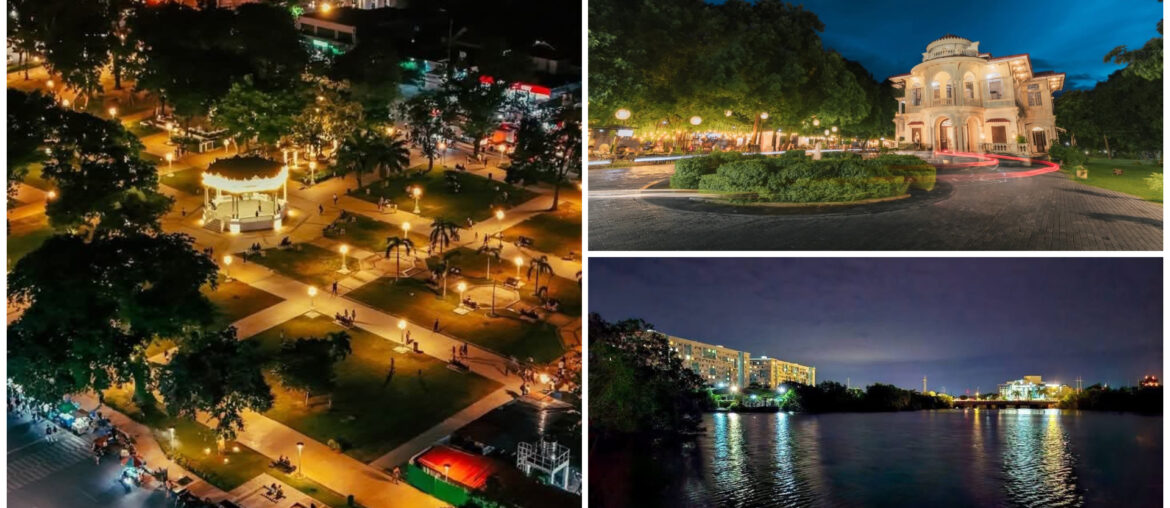Long before Cebu claimed the title, there was Iloilo, a city of elegance, loyalty, and quiet power. It was not just another Spanish outpost but also a coastal capital that once stood shoulder to shoulder with Manila. Iloilo was the Queen City of the South before the phrase became a marketing buzzword.
But why Iloilo? Why was the city chosen to bear the crown?
A City Honored by a Queen
In 1898, Spain was nearing the end of its colonial grip on the Philippines. Yet even during this turbulent period, Iloilo remained loyal to the Spanish crown, a loyalty not overlooked. Queen Regent Maria Cristina, acting on behalf of the child king Alfonso XIII, officially gave Iloilo the title “La Muy Leal y Noble Ciudad,” the Most Loyal and Noble City.
It wasn’t just a symbolic nickname. It was a formal recognition of Iloilo’s unmatched economic strength, strategic port, and unwavering allegiance. With that, Iloilo became the first city to be called the Queen City of the South, a title it earned, not inherited.
The Sugar That Sweetened a City’s Fate
By the mid-19th century, Iloilo had transformed into a powerhouse of commerce. When its port opened to international trade in 1855, Iloilo became the second most important trading hub in the country after Manila. Thanks to the booming sugar industry, with plantations in nearby Negros, ships from Britain, Spain, and the Americas docked here regularly, bringing prosperity, influence, and cosmopolitan flair.
The wealth from sugar led to the construction of grand mansions, neo-Gothic churches, and European-style commercial centers. Iloilo was elegant, efficient, and connected, exactly what a Queen City should be.
Royalty in Its Bones
Even today, Iloilo’s physical landscape carries the echoes of its crown. Calle Real remains lined with art deco and colonial-era buildings. Molo Church, called the “feminist church”, and the stately Jaro Cathedral stand not just as places of faith but as symbols of power and permanence.
The city’s layout, architecture, and street names are not by accident. They were deliberately shaped during Iloilo’s peak, when it was considered the most beautiful and progressive city outside Manila. In many ways, Iloilo wasn’t just a “queen.” It was the first lady of culture and class.
Beyond the Title, The Spirit Lives On
Cebu may have risen in population and modern development in the decades after World War II, but Iloilo never lost what made it royal in the first place: dignity, heritage, and identity.
Today, Iloilo quietly leads in sustainability, urban planning, and livability. It has a river esplanade that stretches for kilometers, dedicated bike lanes, heritage zones, and a well-preserved sense of community. It’s not trying to be loud. It’s not trying to compete. Because it doesn’t need to.
The Crown Never Left, It Just Got Quieter
Titles may shift, cities may grow, but the essence of royalty isn’t always in noise or numbers. Sometimes, it’s in history, in culture, and in the quiet confidence of knowing who you are.
Iloilo was the Queen City of the South not just because it was rich or grand. It was crowned because it was noble, loyal, and visionary.
And in all the ways that matter, it still is.
Ready to walk where royalty once ruled? Iloilo is waiting, with streets that remember and a soul that never forgot.



Comments are closed.